APB: All Points Bulletin is a massively multiplayer online video game for Microsoft Windows based in urban sprawls and featuring two sides, Enforcers and the Criminals. Players may join either the Enforcers or the Criminals, and form sub-groups in these. It is a fascinating, sometimes fun, and very troubled team-focused third-person shooter that occasionally drops moments of intense joy in the midst of its major flaws and frustrations.
You may have heard it touted as a massively multiplayer online shooter, but that is somewhat of a misnomer: The maps you share with up to 79 other gun-toting urban soldiers are fairly large, but most shoot-outs occur on a small scale. APB’s greatest irony is that its persistent MMO trappings offer more in the way of smaller, less invigorating battles than the larger, consistently exhilarating ones you encounter in more typical online shooters like Battlefield: Bad Company 2. That isn’t to say that APB doesn’t occasionally explode with intensity. You might chase an escaping criminal in a four-door sedan while three fellow law enforcers hang out the windows, taking down the criminal’s reinforcements. You may create a tiny fireworks display by tossing a well-cooked grenade at a carful of rivals. It’s just unfortunate that to discover these pleasures, you must tolerate frustrating, unbalanced skirmishes against teams touting more powerful weapons and monotonous mission objectives that do nothing to invest you in the crime-ridden but otherwise generic San Paro.
Well, almost generic. While the mark San Paro leaves on you is negligible, you leave an indelible mark on it–visually speaking, at least. APB features some of the most robust customization tools you’ve ever seen in any game. If this isn’t clear from the moment you create your character and choose to play as a criminal or an enforcer, then it will be when you toy with the various terminals in the game’s social district. Here, you and players of either faction can tweak everything from piercings and tattoos to shoes and underwear. But the options go far beyond your personal appearance. You purchase summoned vehicles in the two action districts and pimp them out using various decals and colors, Forza-style. You can create logos to paste onto your clothing items and automobiles. Using an in-game MIDI editor, you can even create a short theme that your victims hear when you drop them. As you play APB, you unlock new clothes, new accessories, new decals, and more, giving you a reason to head to the social district from time to time to tweak your stuff. APB’s best and most fully realized facet is its outlet for unrestricted player expression. Of course, that means you may speed past cars decorated with human genitalia while marveling at the expletive-ridden trash-talk littering APB’s chat channels, but such is the nature of unabashed freedom.
It’s a pity that so much of APB’s enjoyment comes from what you and other players contribute, as the action doesn’t normally match your own creative energy. When you first enter one of the game’s two action districts, you can pledge to one of various contacts spread throughout town, and in turn, that individual sends a steady supply of missions that you will accept or reject. Once you or your group leader accepts such a mission, you’re off to complete a series of objectives (bash in a door, spray-paint a wall, capture a waypoint), and with good fortune, an opposing team will then be assigned to stop you. And of course, the tables can be turned, so your team members might be the ones protecting a VIP, rather than seeking to destroy him. This matchmaking system has some real benefits. APB will combine players into impromptu teams, and should your team be outmatched, you can call for back up with the press of a button, which will send out a notice to available players. You might end up in a larger-than-normal battle on these occasions–perhaps 10 versus 10 or even larger–though such occasions are uncommon. In any case, you and your buddies never need put energy into seeking out other groupmates and missions because the game can do it on your behalf.
Unfortunately, this system’s drawbacks often outweigh its strengths. It’s clear from the beginning that APB is unbalanced in fundamental ways. The first hours of the game are trial by fire. Early on, you will routinely find yourself and your starter weapons up against more experienced players who have improved their firearms with upgrades to rate of fire, accuracy, reload time, and more. All things being equal, a player sporting an N-Tec rifle with three upgrades has the upper hand over a player with the vanilla version of the same rifle. This disparity is even more pronounced because the ones wielding the better weaponry are those that have had the time to hone their skills. Obviously, skill is important; an organized team with unenhanced submachine guns can still overcome a disorganized team with highly customized loadouts. But with 40 players on each side, APB has only so many opponents with which to match you. You might be a lone criminal in your first hour facing a team of three bloodthirsty veterans, and that call for backup is not guaranteed to bring results. The game does an abysmal job of helping you get acclimated.
In time, your contacts will hand over new weapons that better suit your play style, and you’ll learn that you need to be flexible, choosing weapons that best suit the situation. You spend the money you earn on new guns and slot in upgrades all while getting accustomed to APB’s rhythm. And eventually, things come together naturally and you see brief glimpses of the game’s fiery potential. You take a mission, and the APB siren signals that you’ve been matched up with an opposing team. A teammate spawns his Packer SUV in the underground garage and zips up to street level. You climb into the passenger’s side and pop out the window waiting to take down your challengers while other members of the team follow suit in a sports coupe. You rush to fence in an escaping criminal while speeding through streets filled with other teams taking potshots at each other from either side. Catching up with your prey, you fire at his truck, forcing him out lest he get caught in a vehicular explosion. And as one comrade jumps out and brings down the fleeing felon with a few shots to the back with a shotgun, your driver mows down an assisting buddy by driving right over him.
These and similar moments are awesome, but they are tempered by hefty frustrations. Few aspects of APB’s action can be complimented without a substantial list of “ifs” and “buts.” Maybe you’ll reach a capture point at the same time as the opposing team, and a quick, chaotic battle will ensue. More often, one team will get to a waterfront warehouse ahead of the other and be in prime camping position, picking off the others with ease, over and over. You might need to chase after a target who will win the mission by staying alive long enough, but catching up to his speeding vehicle is often a hopeless endeavor. Even the core shooting needs qualifying. Basic movement and shooting is flimsy and twitchy, making APB feel old in light of more modern shooters in which the shooting has a greater sense of impact. Don’t worry about aiming for the head: Players have a single hit box, so a shot to the ankle is as good as one to the noggin. Despite that simplicity, there are tactical considerations, such as weapon range, bullet spray, cover, and so on. Running and gunning isn’t necessarily the best way to win a firefight, even though APB’s shooting model feels as if it belongs in a simple run-and-gun shooter.
Like the shooting, the driving isn’t great, but you’ll get used to the idiosyncrasies of vehicle handling in time. There’s a slightly delay between your key presses and the associated onscreen action, and some vehicles either feel like boats on wheels or giant banana peels. This is more of a bother if you hijack a car you’re unfamiliar with than if you stick to your personal ride, though you don’t always have that luxury. Nevertheless, driving is workable, though it’s surprisingly easy to jump into the backseat when you intend to slip behind the wheel. Once accustomed to the driving model, you’ll find that racing about San Paro can be exhilarating. Chasing an enemy vehicle off an overpass and landing with a few bounces just behind before continuing the chase is a ton of fun. Using your hand brake effectively is also fun, drifting around corners to close gaps between you and your quarry. It isn’t always so fun to evade pedestrians, who often brainlessly mill about in droves as if San Paro were a shopping mall rather than a city under siege by heartless criminals. Running over innocents isn’t an issue if you’re criminal, but if you’re an enforcer, you’re penalized for turning the populace into roadkill. Honking at a band of citizens, only to have these dimwits constantly run directly into your grill rather than away from it, is both absurd and a little frustrating.
So APB is a driving and shooting game in which both the driving and shooting are functional but far from best in class. This puts a lot of pressure on the game’s other features–the unlocks, the missions, the city itself–to pick up the slack. The unlocks are the primary driving force here. It’s too bad the unlock notifications only give you a generic description of your new loot, given that it would have been more rewarding and more convenient to know exactly what new goodies will now be purchasable. Even so, it’s great fun to pop over to the social district to see how that new nose piercing looks on your hard-boiled enforcer or to see if that new decal will help bring a new artistic vision to life. But other than the flow of new stuff, APB doesn’t offer enough to keep you invested. Aside from contact back stories and brief mission descriptions, there’s no context for your missions. You move from one small-scale battle to the next, maybe picking up an item here or there or bashing in a crate. A string of stand-alone clashes is par for the course in a mission-based online shooter, but APB is a persistent-world game that requires you to pay additional fees to continue to take part in the action. As a result, you reasonably expect a narrative, or mission diversity, or anything else designed to give the game some kind of forward momentum.
APB doesn’t give you those things. The fun you have is far more often that of your own doing than that of the game’s making. As with most games that let you team up with buddies, you’re best off joining a clan or buzzing around San Paro with friends, looking for the right kind of trouble. When it functions properly, the built-in voice chat is a great tool, helping you coordinate attacks while sharing your enthusiasm–or lack thereof–for your current assignment. But voice chat doesn’t always work. When the group leader takes a mission, it isn’t uncommon for one or more players to fall silent, only for the chat to miraculously start working again the moment the next mission has begun. Bizarrely, the game’s volume slider also controls your mic volume, so if you want to turn down the volume, you also make it impossible for other players to hear you. There are other glitches here and there to contend with, such as capture points appearing in the middle of level geometry, walls popping into view just before you crash into them, and so on. Yet APB has been relatively lag free during our testing time, though you’ll need a 64-bit operating system with a decent amount of RAM to steer clear of client-side performance troubles.
There’s a chance APB is for you. It gives you the tools to make you and your fellow players stand out in an otherwise conventional city. It provides opportunities for explosive moments of driving, gunning, and exploding. But the joys are too infrequent and the frustrations are excessive, while the returns on your investment aren’t as high as what you would hope for from a persistent-world action game. APB is different enough to warrant consideration, but with so many refined shooters begging for your time, playing one that requires an extraordinary amount of patience isn’t very appealing.
Source: Gamespot

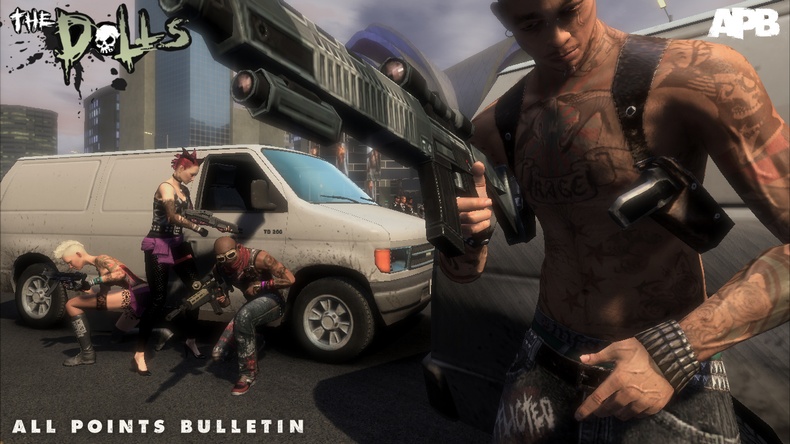
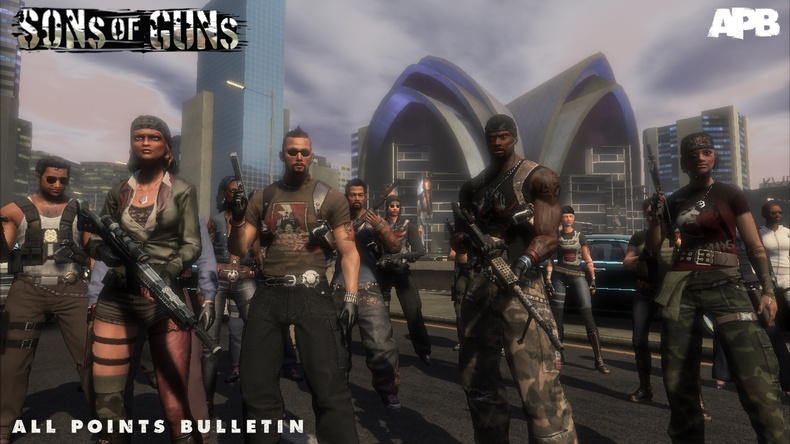
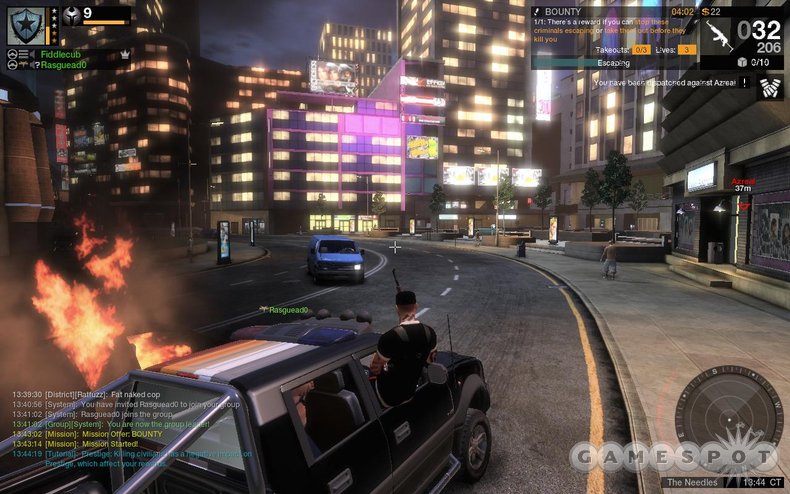
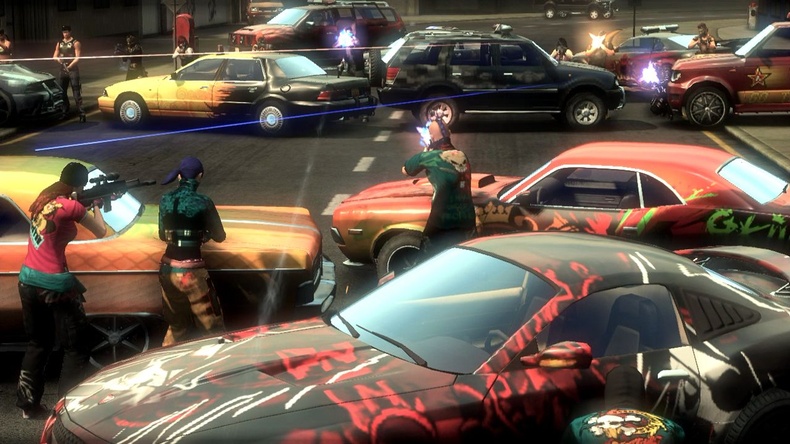
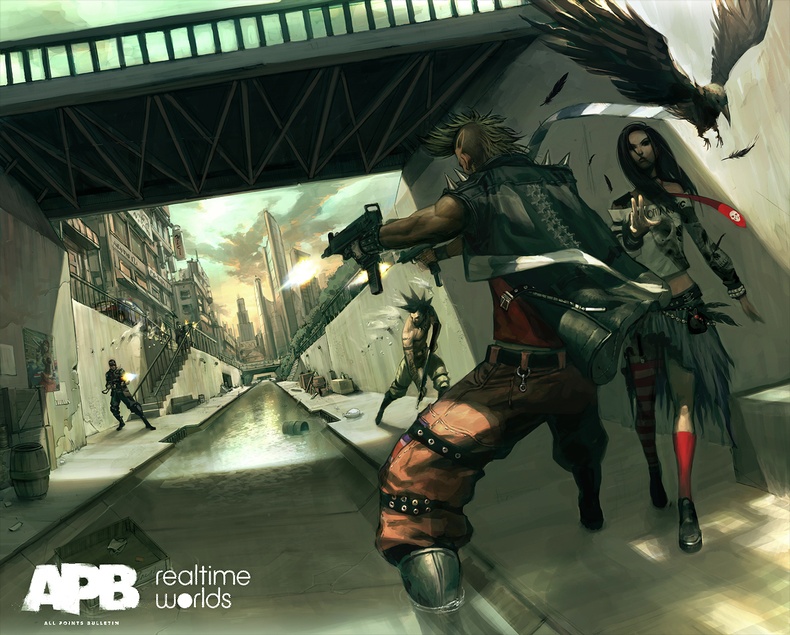


Amazing write-up! This could aid plenty of people find out more about this particular issue. Are you keen to integrate video clips coupled with these? It would absolutely help out. Your conclusion was spot on and thanks to you; I probably won’t have to describe everything to my pals. I can simply direct them here!